Full text
PDF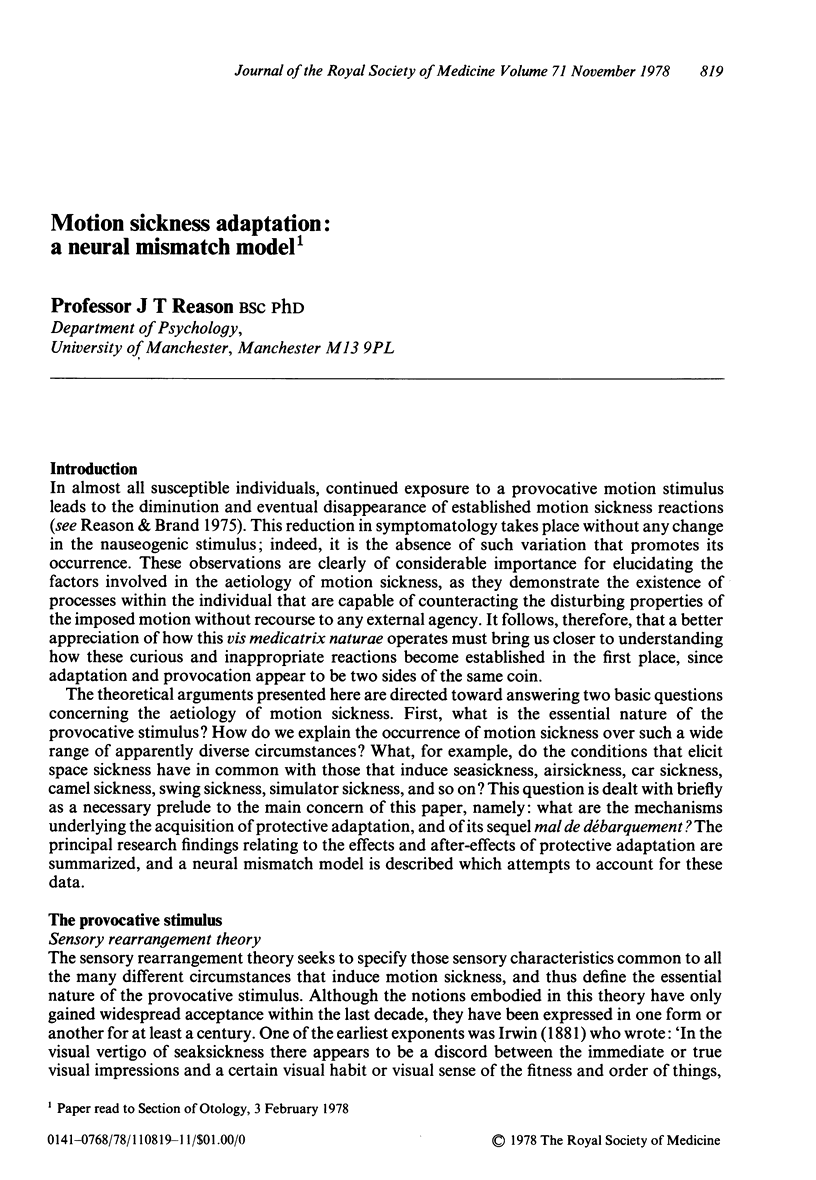
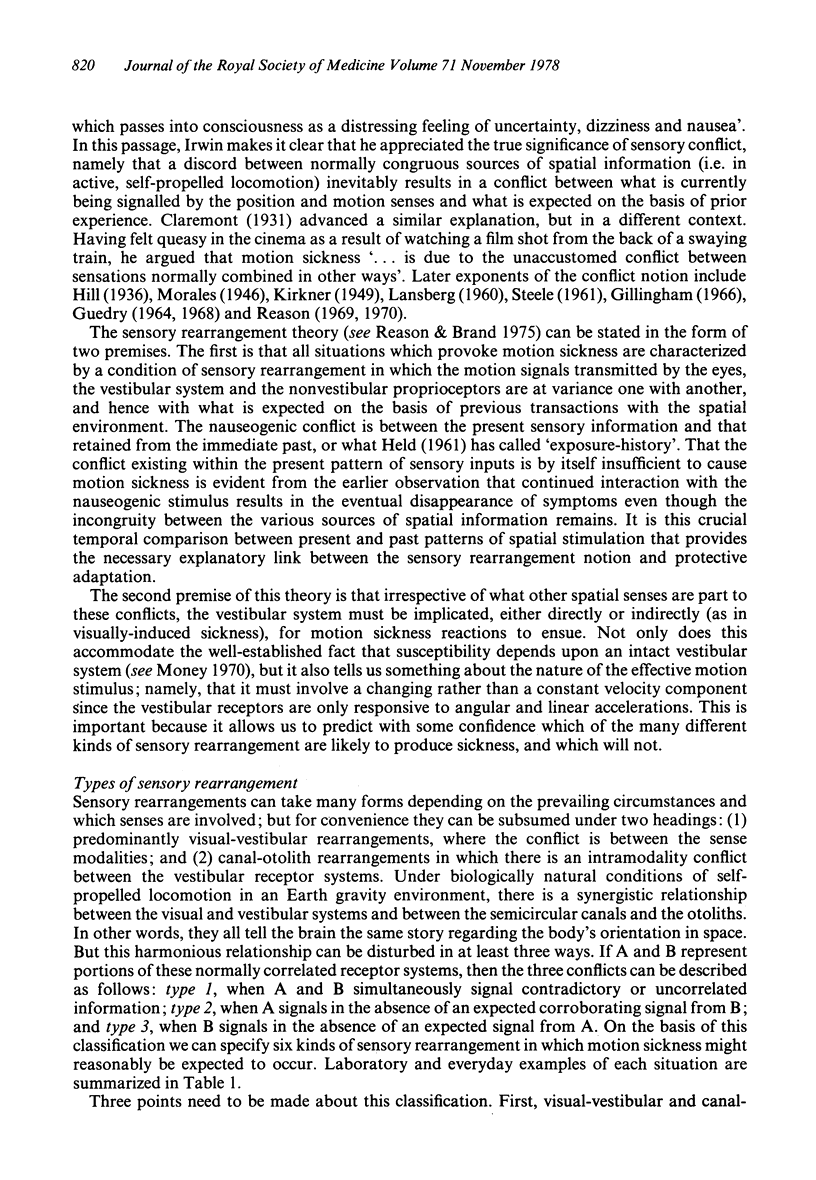
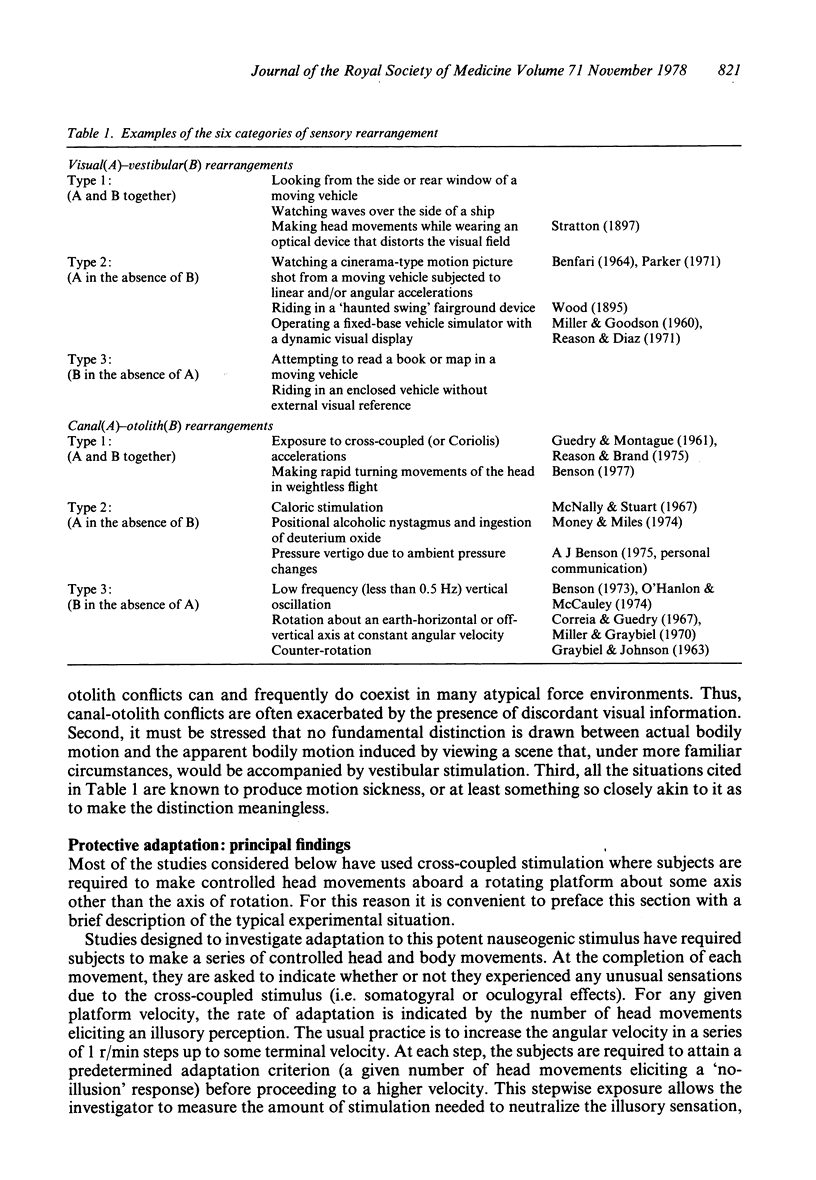
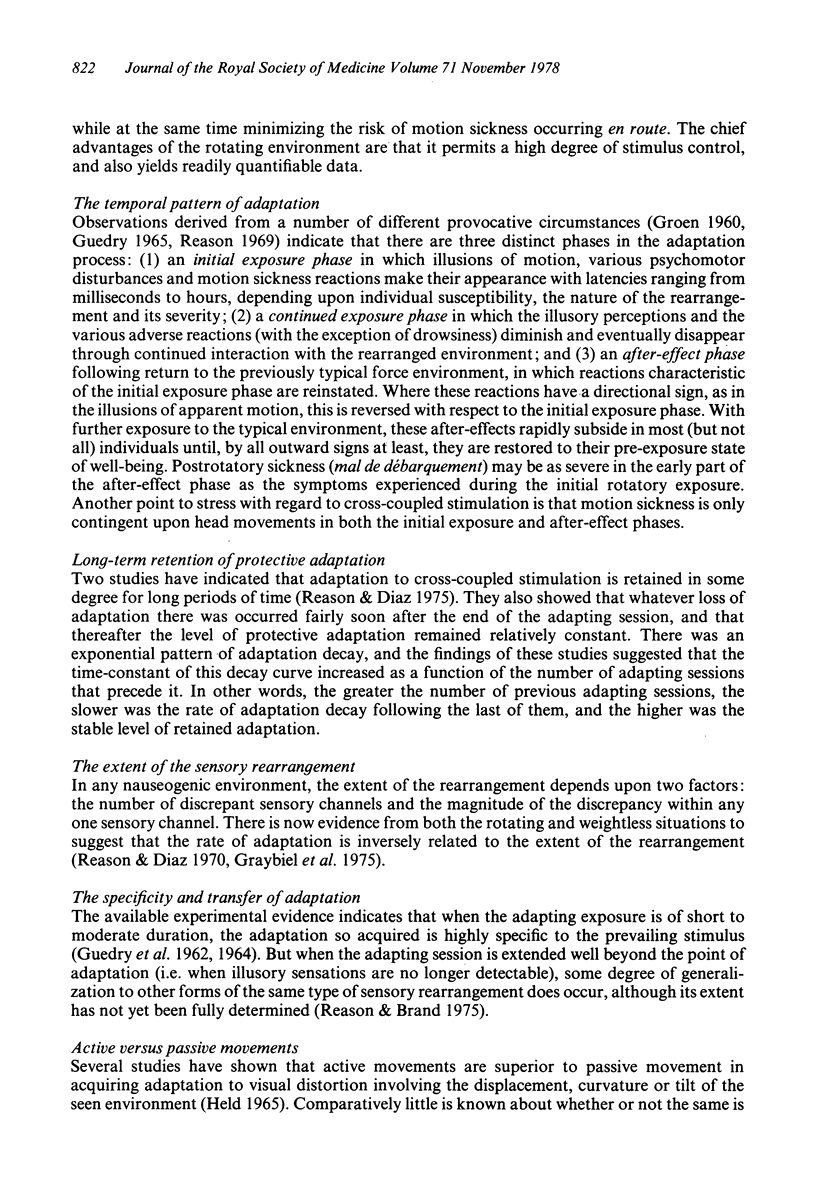
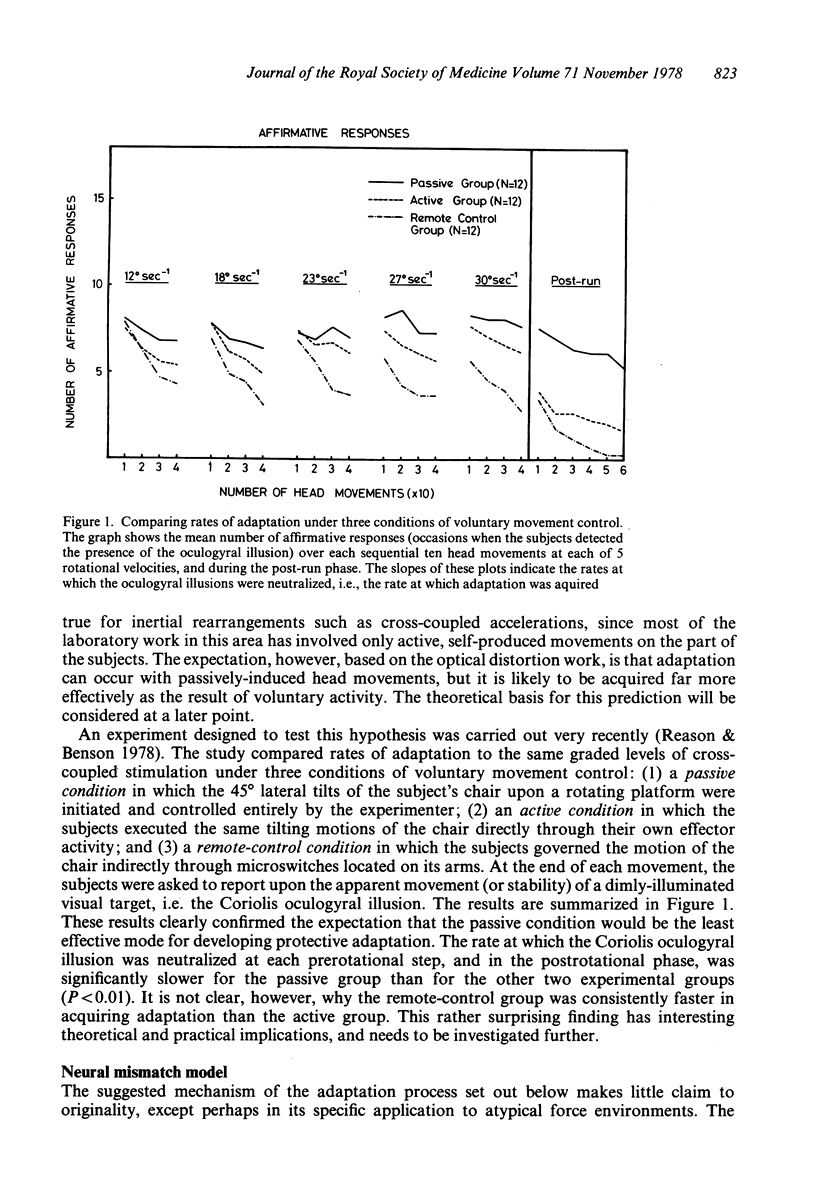
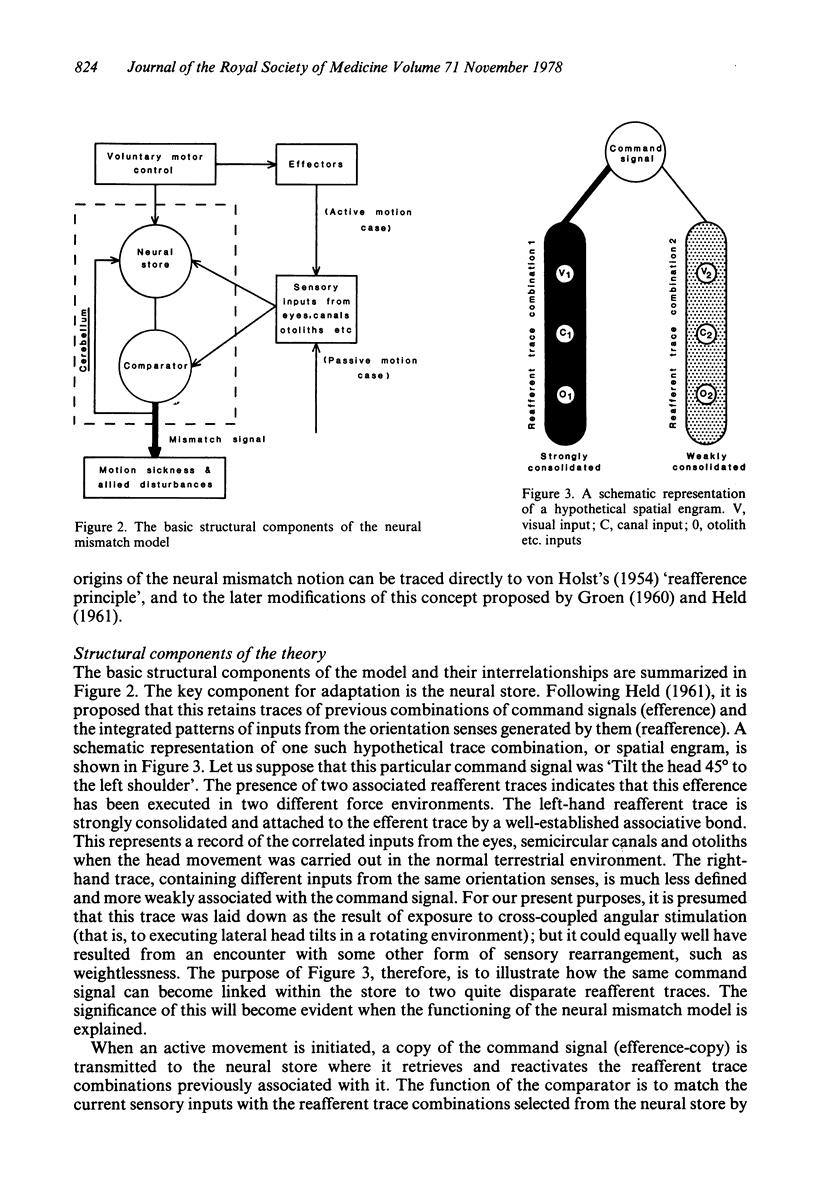
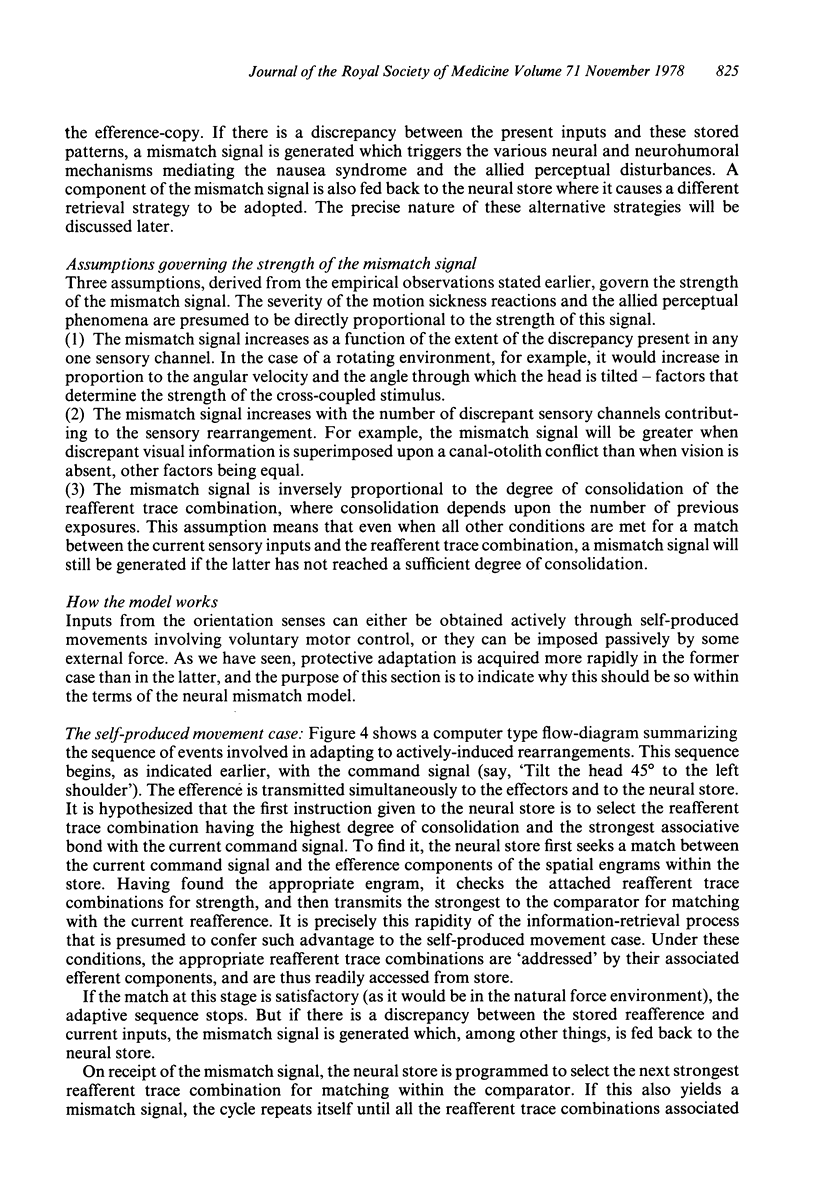
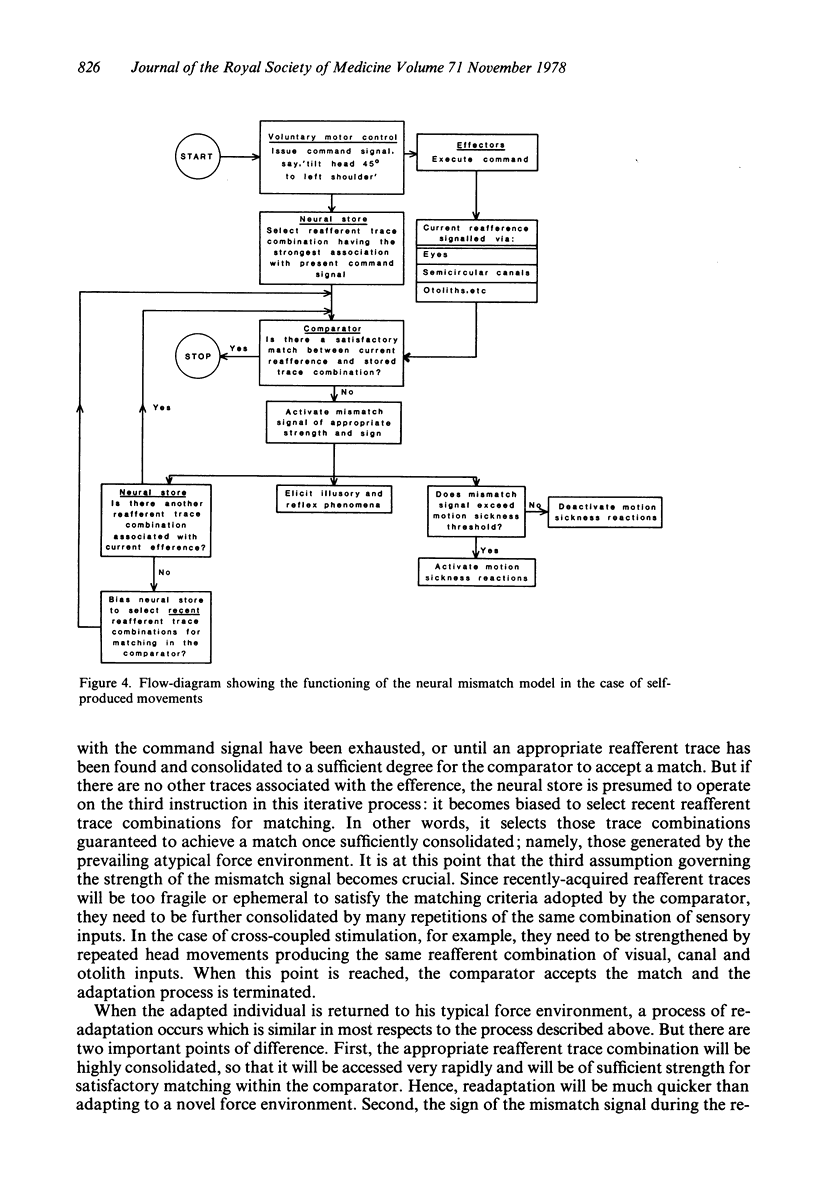
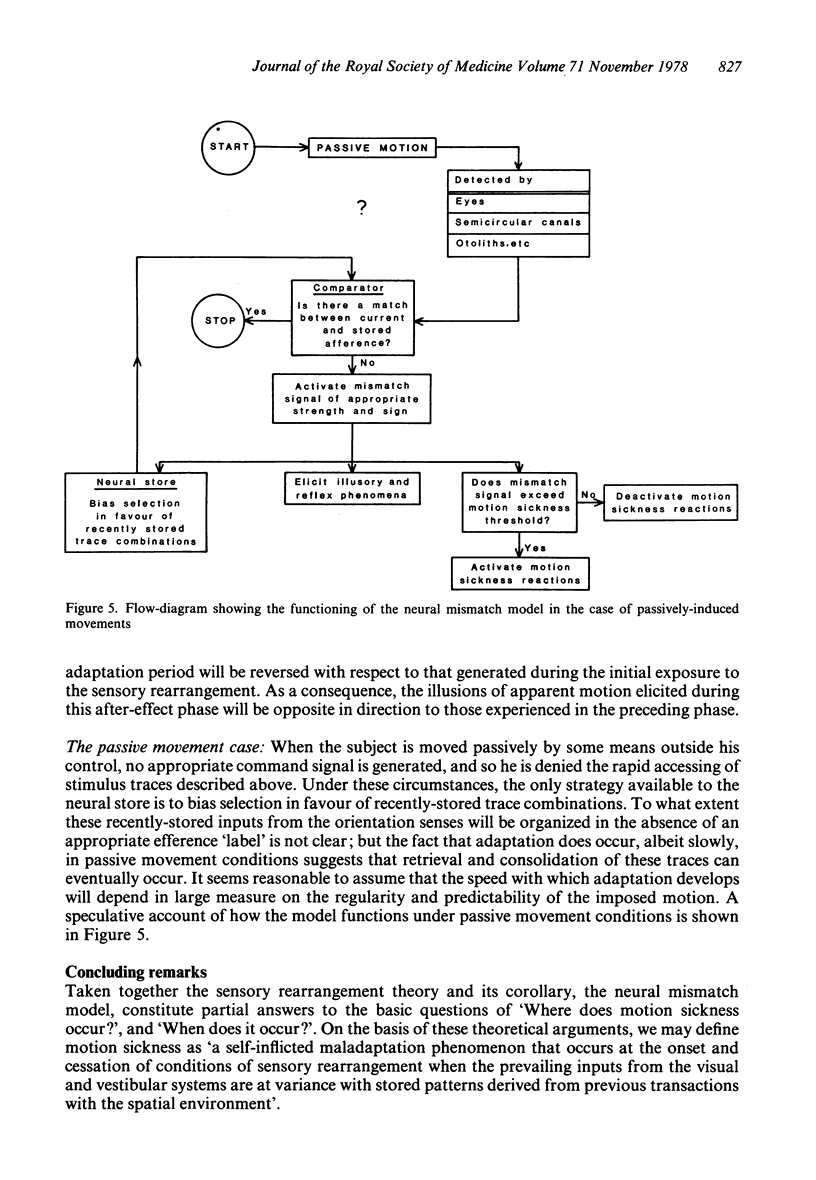
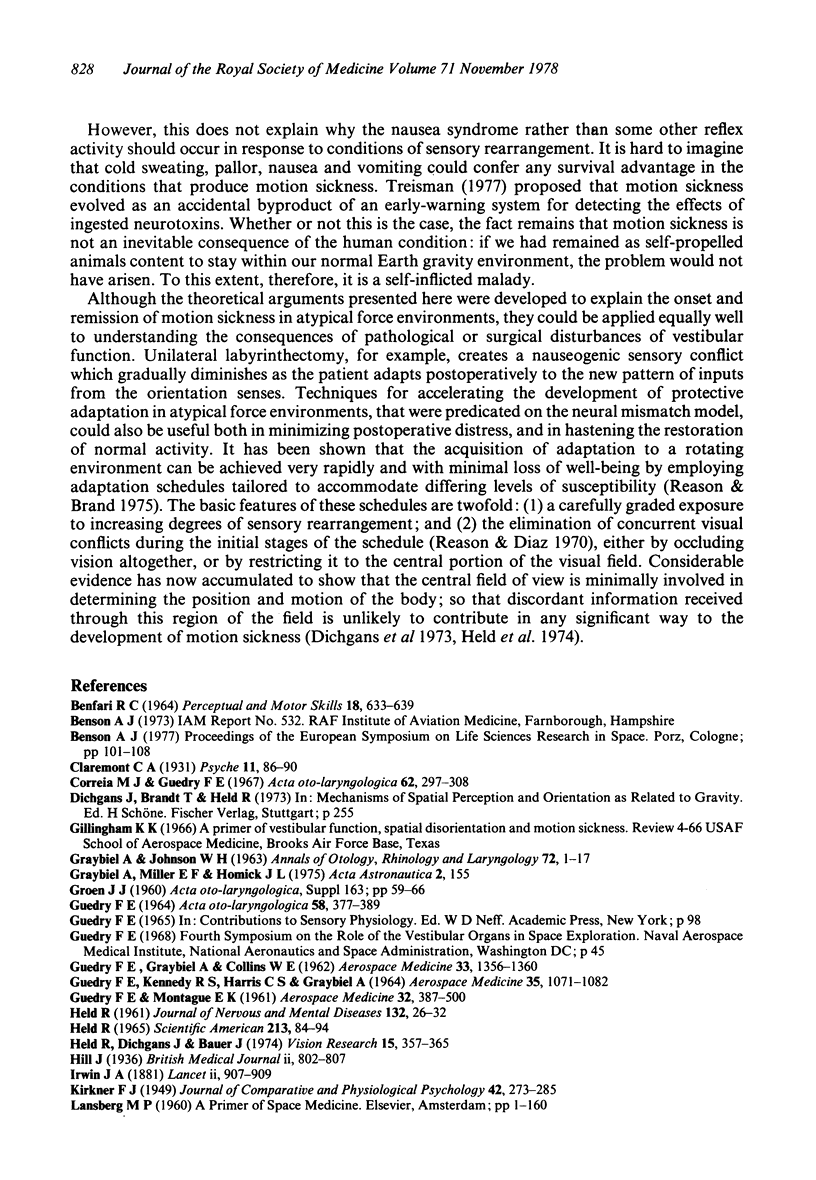
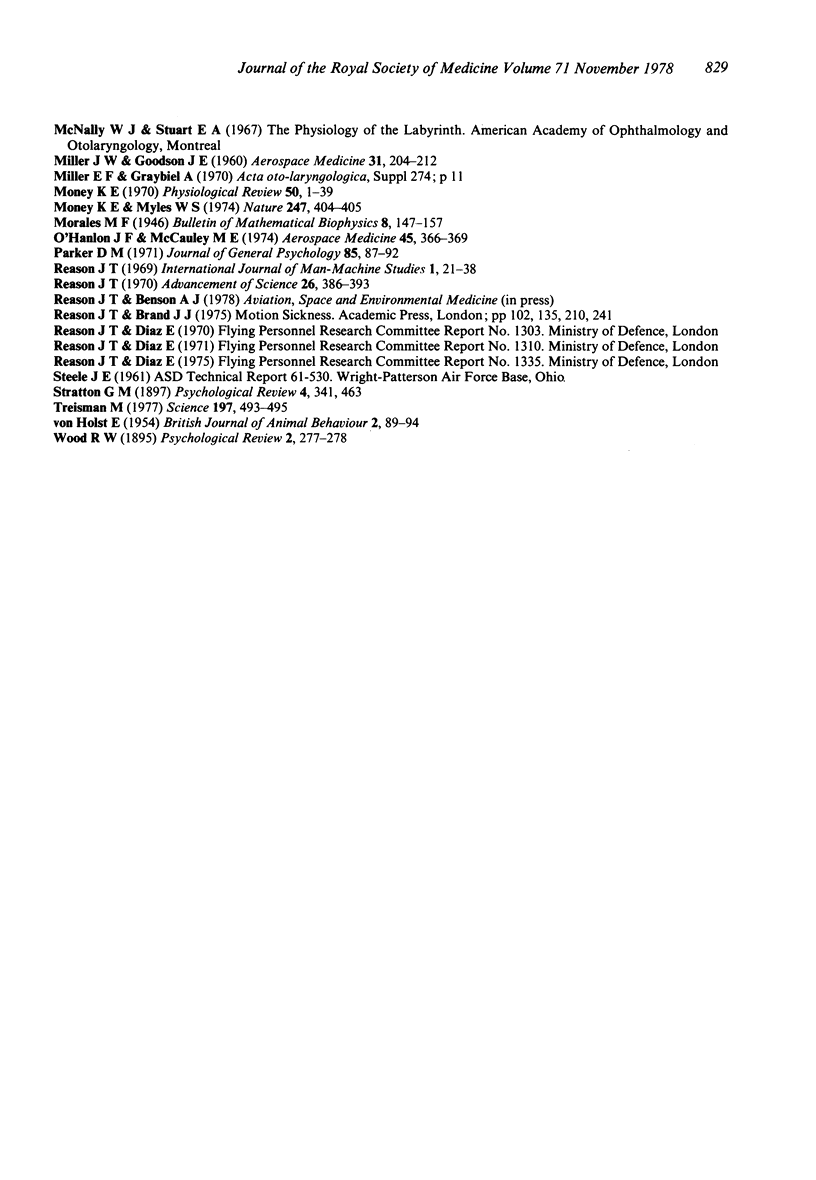
Selected References
These references are in PubMed. This may not be the complete list of references from this article.
- BENFARI R. C. PERCEPTUAL VERTIGO: A DIMENSIONAL STUDY. Percept Mot Skills. 1964 Apr;18:633–639. doi: 10.2466/pms.1964.18.2.633. [DOI] [PubMed] [Google Scholar]
- Correia M. J., Guedry F. E., Jr Modification of vestibular responses as a function of rate of rotation about an Earth-horizontal axis. Acta Otolaryngol. 1966 Oct-Nov;62(4):297–308. doi: 10.3109/00016486609119575. [DOI] [PubMed] [Google Scholar]
- GRAVELINE D. E., BALKE B., McKENZIE R. E., HARTMAN B. Psychobiologic effects of water-immersion-induced hypodynamics. Aerosp Med. 1961 May;32:387–400. [PubMed] [Google Scholar]
- GUEDRY F. E., Jr, KENNEDY R. S., HARRIS C. S., GRAYBIEL A. HUMAN PERFORMANCE DURING TWO WEEKS IN A ROOM ROTATING AT THREE RPM. Aerosp Med. 1964 Nov;35:1071–1082. [PubMed] [Google Scholar]
- GUEDRY F. E., Jr VISUAL CONTROL OF HABITUATION TO COMPLEX VESTIBULAR STIMULATION IN MAN. Acta Otolaryngol. 1964 Nov;58:377–389. doi: 10.3109/00016486409121398. [DOI] [PubMed] [Google Scholar]
- Graybiel A., Miller E. F., 2nd, Homick J. L. Individual differences in susceptibility to motion sickness among six Skylab astronauts. Acta Astronaut. 1975 Jan-Feb;2(1-2):155–174. doi: 10.1016/0094-5765(75)90051-x. [DOI] [PubMed] [Google Scholar]
- HELD R. Exposure-history as a factor in maintaining stability of perception and coordination. J Nerv Ment Dis. 1961 Jan;132:26–32. [PubMed] [Google Scholar]
- Held R., Dichigans J., Bauer J. Characteristics of moving visual scenes influencing spatial orientation. Vision Res. 1975 Mar;15(3):357–365. doi: 10.1016/0042-6989(75)90083-8. [DOI] [PubMed] [Google Scholar]
- Held R. Plasticity in sensory-motor systems. Sci Am. 1965 Nov;213(5):84–94. doi: 10.1038/scientificamerican1165-84. [DOI] [PubMed] [Google Scholar]
- MILLER J. W., GOODSON J. E. Motion sickness in a helicopter simulator. Aerosp Med. 1960 Mar;31:204–212. [PubMed] [Google Scholar]
- Money K. E. Motion sickness. Physiol Rev. 1970 Jan;50(1):1–39. doi: 10.1152/physrev.1970.50.1.1. [DOI] [PubMed] [Google Scholar]
- Money K. E., Myles W. S. Heavy water nystagmus and effects of alcohol. Nature. 1974 Feb 8;247(5440):404–405. doi: 10.1038/247404a0. [DOI] [PubMed] [Google Scholar]
- O'Hanlon J. F., McCauley M. E. Motion sickness incidence as a function of the frequency and acceleration of vertical sinusoidal motion. Aerosp Med. 1974 Apr;45(4):366–369. [PubMed] [Google Scholar]
- Parker D. M. A psychophysiological test for motion-sickness susceptibility. J Gen Psychol. 1971 Jul;85(1ST):87–92. doi: 10.1080/00221309.1971.9920656. [DOI] [PubMed] [Google Scholar]
- Reason J. T. Motion sickness: a special case of sensory rearrangement. Adv Sci. 1970 Jun;26(130):386–393. [PubMed] [Google Scholar]
- Treisman M. Motion sickness: an evolutionary hypothesis. Science. 1977 Jul 29;197(4302):493–495. doi: 10.1126/science.301659. [DOI] [PubMed] [Google Scholar]


